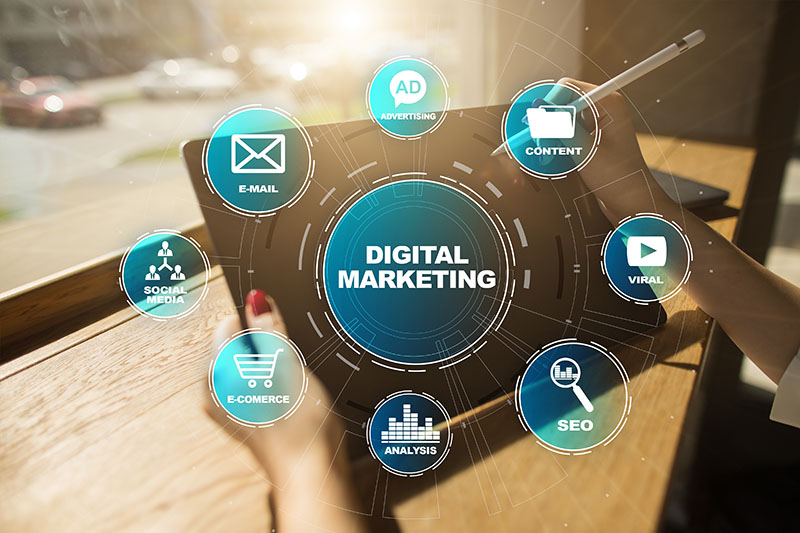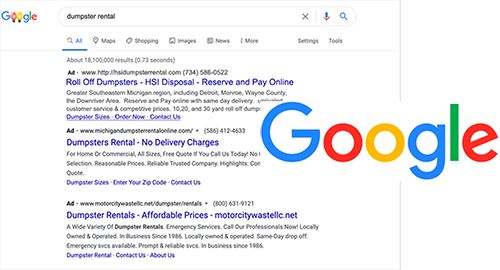Unlocking the Power of Geofencing in Digital Marketing: A Guide for BusinessesHow Geofencing

Unlocking the Power of Geofencing in Digital Marketing: A Guide for Businesses In today’s digitally driven world, where consumers are constantly connected through their smartphones and other devices, businesses can reach their target audience with precision and relevance. The capabilities of geofencing in digital marketing strategies, businesses can create highly targeted and personalized experiences for […]
Google Algorithm Update March 2024

Uh Oh…Google Just Updated Their Algorithm For Search. What It Means For Your Website. Google’s algorithm updates have always been a focal point for website owners and digital marketers, shaping the online landscape and determining the visibility of content in search results. However, the March 2024 update sent shockwaves through the online community as numerous […]
The 5 Biggest Mistakes Business Owners Make With Their Marketing

The 5 Biggest Mistakes Business Owners Make With Their Marketing Marketing is a critical aspect of any small business’s success, and avoiding common mistakes can make a significant difference in achieving growth and profitability. Here are five top marketing mistakes small businesses often make: 1. Undefined Target Audience: Failing to clearly define the target […]
Top 5 Free Digital Marketing Tools For Small Business Owners

The Top 5 Free Small Business Digital Marketing Tools Marketing can be a big expense for small business owners, but it doesn’t have to be. There are a number of free marketing tools that can be just as effective as their paid counterparts. Here are five of the best. Google Business Profile A business profile […]
How Do Customers Find Your Business On Google?

How To Get Your Business To Rank Higher on Google. I get asked all of the time “How do I get my business to show up on Google?” It’s a great question and an important one. The fact is, there are many ways to rank higher on Google. It depends on a couple of factors…Time […]
Why Video Content Matters When Marketing Your Business

Why Video Content Matters When Marketing Your Business 1. Video is a visual medium You just read the most obvious statement in your life and probably want to stop reading right now. (Please don’t. There’s good stuff ahead. I promise) But there is a reason that a television commercial costs more than a radio […]
Why Facebook is Not Enough For Your Marketing Plan

Why Facebook is Not Enough As Your Only Marketing Tool Facebook is a great free service to help small business owners market to prospective customers. But it shouldn’t be your only means of marketing. When I first meet with a prospective advertiser, one of the first question I ask is “how do customers […]
